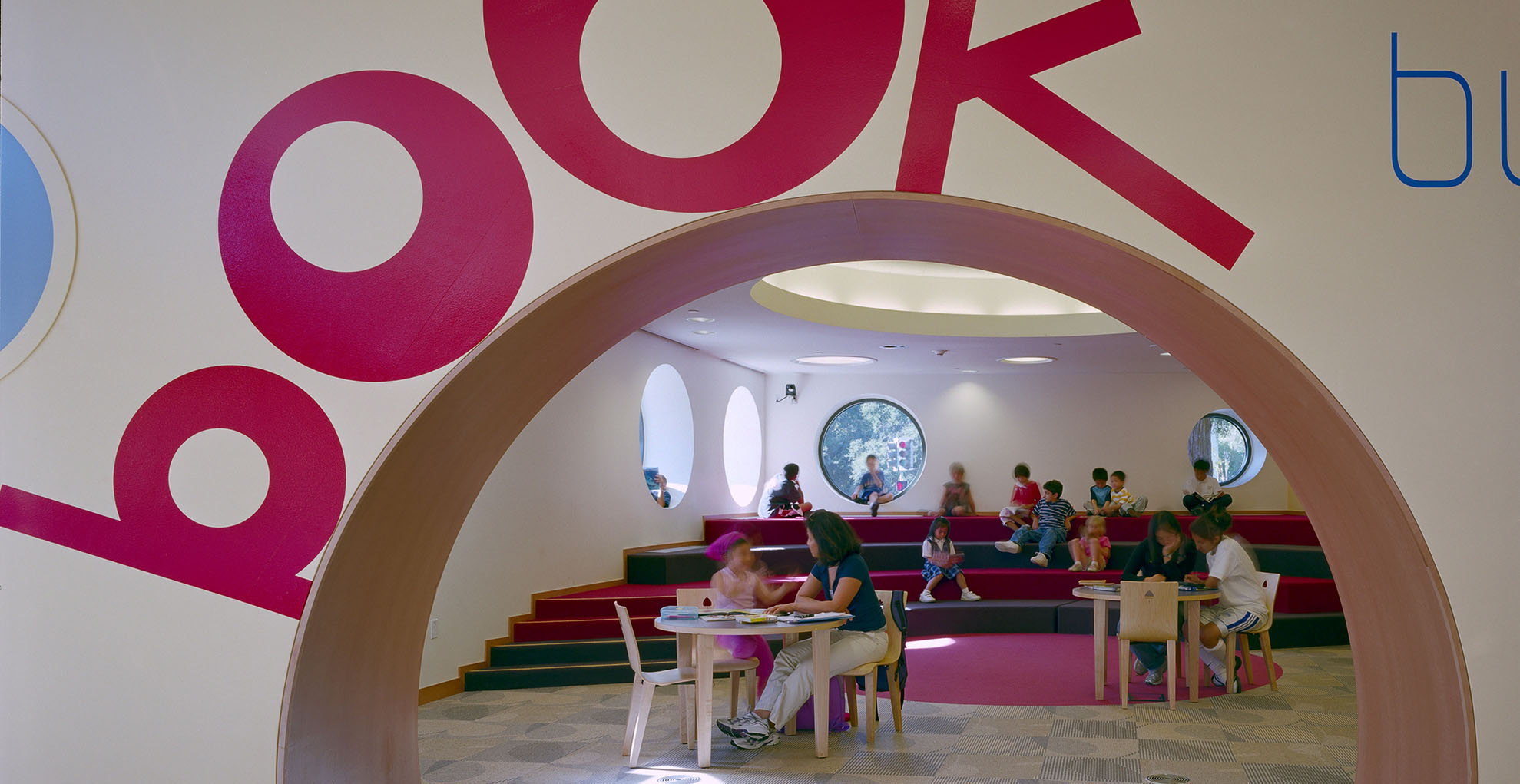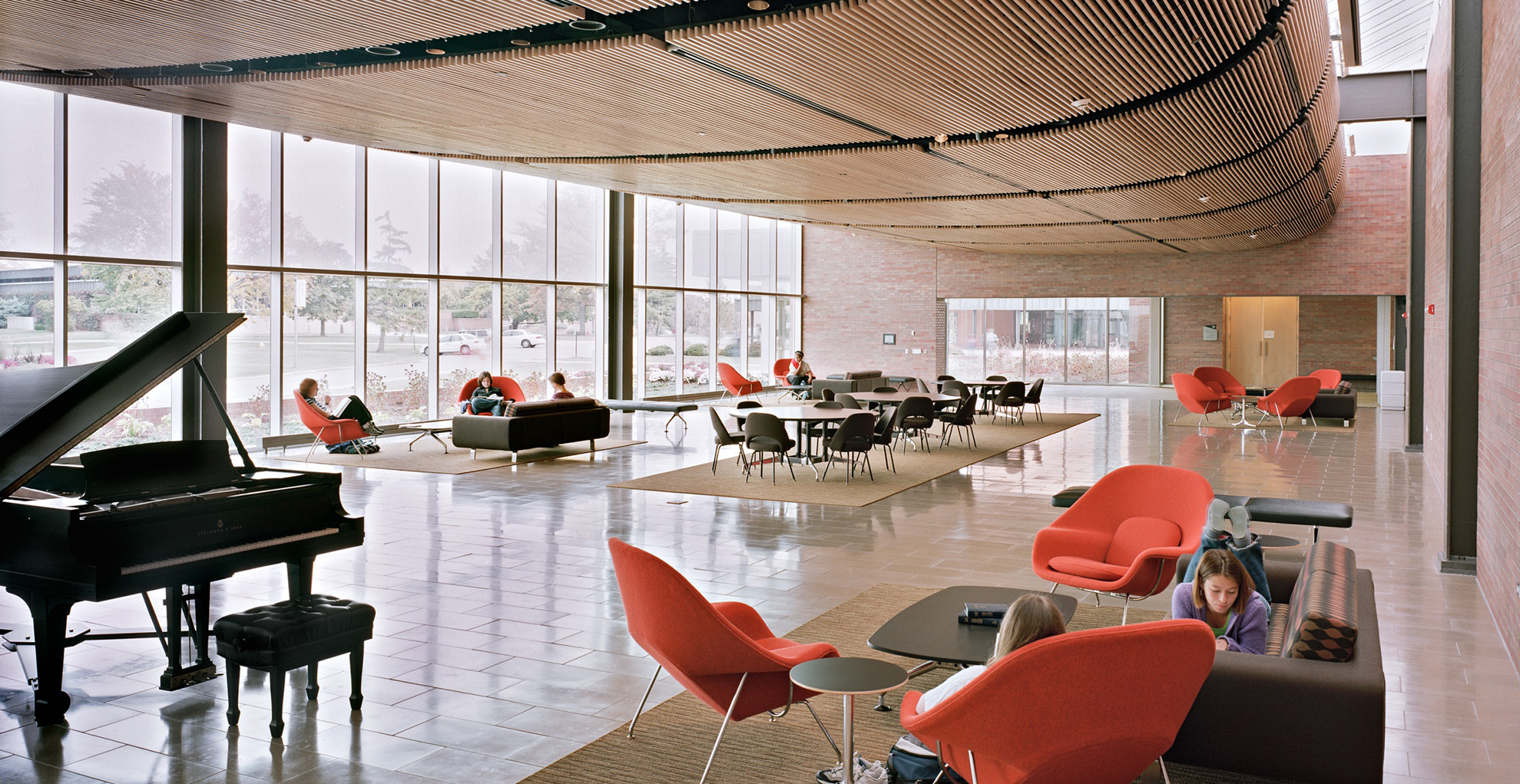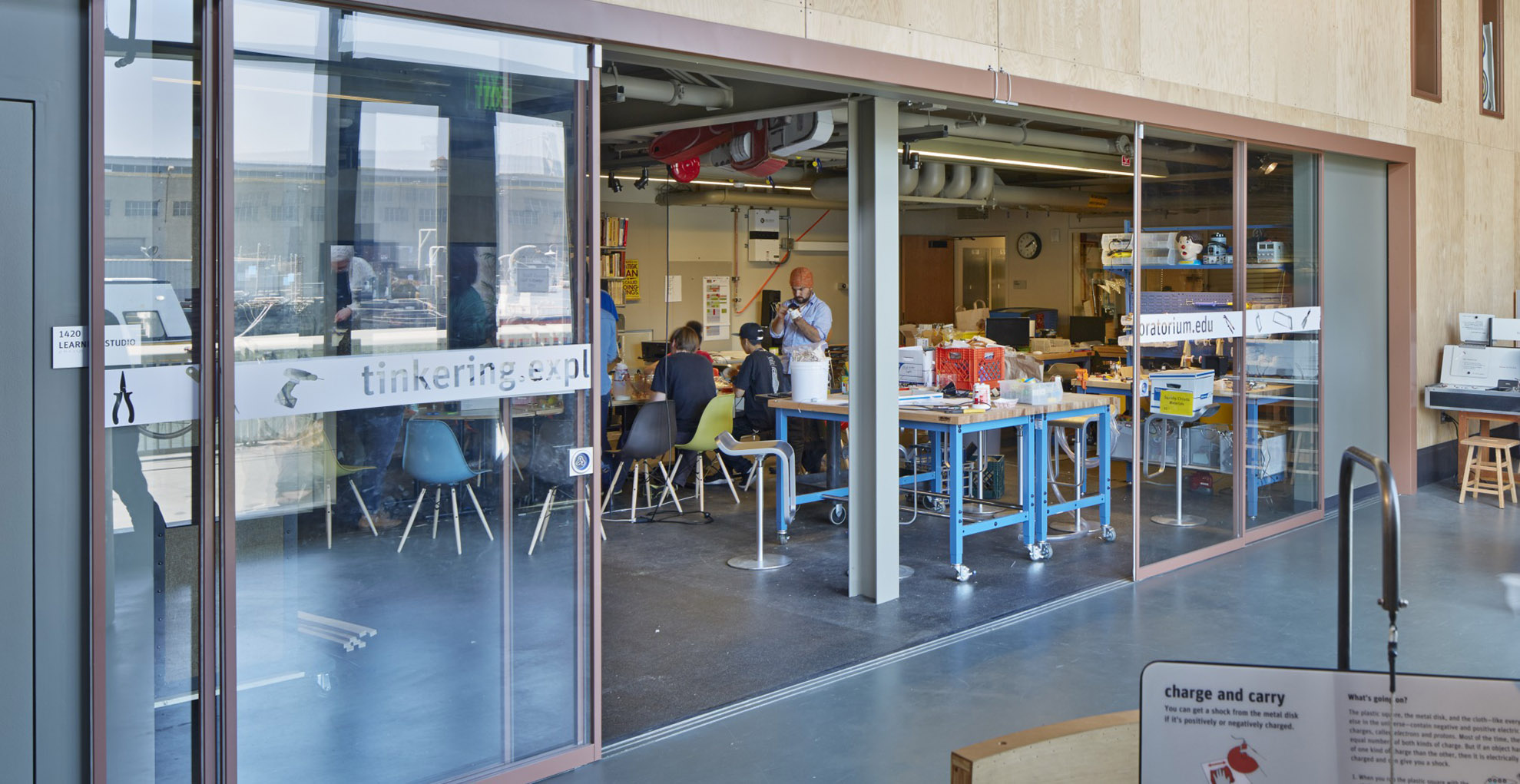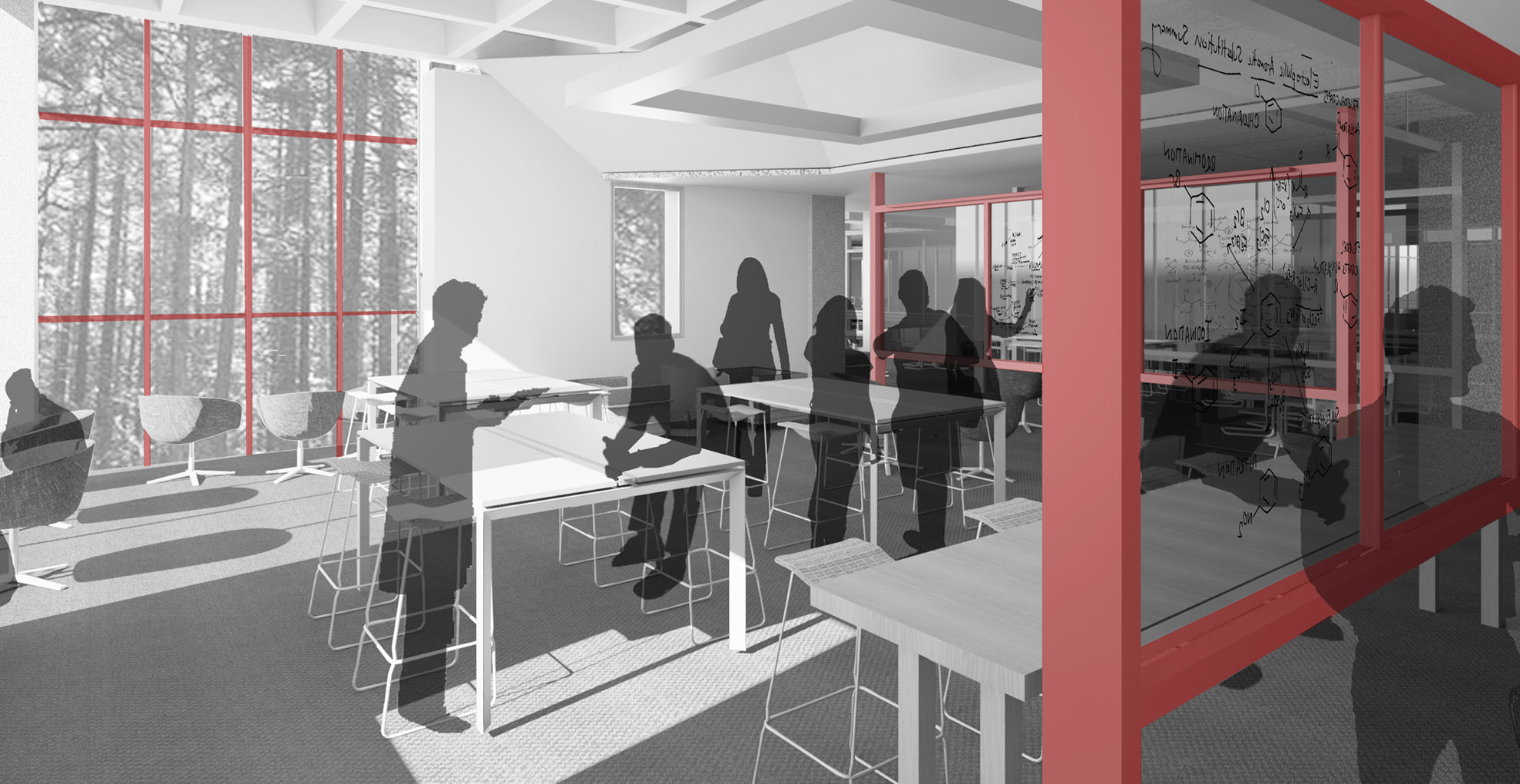Libraries: Evolving Knowledge & Community Hubs
Last year around this time, more than 20,000 people attended the American Library Association’s annual conference in San Francisco. Across the library market, we see a few key themes, and with the 2016 conference right around the corner, we’re looking forward to checking out the ongoing evolution of these ideas in the year to come:Top Trends- Maker Spaces: like schools, universities, and workplaces, libraries see the new generation of inexpensive and accessible fabrication technology as a huge opportunity. They are testing out hands-on programs and spaces at a huge range of scales and for widely varied audiences. The most typical mental image of a maker space might include 3D printers and shop tools, and these are definitely present, but we also saw no-renovation-required programs for kids that involved making a terrarium and creating origami robots. Whether intended to provide a resource for upcoming entrepreneurs, or to engage families on the weekend, the desire for tactile, creative, and hands-on activities continues to grow—and libraries are figuring out how to meet it.
- Digital Access/support: The array of information available online presents libraries with both challenges and opportunities. For public libraries, ensuring widespread (and equitable) access to these resources continues to be a primary mission. Training, support and outreach for underserved groups (especially the elderly, job-seekers, and immigrants) was a focus of many programs. On the academic side, university libraries have a growing role to play in teaching students of all backgrounds how to navigate through an informational deluge, and how to extract meaning from all the data. – STEM/STEAM: Science Technology Engineering and Math (or STEAM, including “Arts”) is a critical driver of today’s economy. Both academic and public libraries are focusing efforts on preparing children and students for success in these fields. Many of the hands-on and digital initiatives described earlier emphasize the problem-solving and analytical skills required.
- Prototyping: Not only are libraries helping their patrons to make and test their ideas in new Maker Spaces, libraries themselves are using these strategies to help develop new services and refine existing programs. As budget continues to be a constraint for most libraries, it is more critical than ever to ensure that their investments (in equipment, space, and programs) are achieving their intended results. We saw examples of both high- and low-tech prototyping, as libraries test out new ideas “live” with their users.
- Play: Public libraries in particular are drawing upon new research showing the benefits of play on children’s learning, especially in early childhood. Several libraries described efforts to make libraries, and the children’s areas within them, more welcoming and conducive to playing.
- Community: Libraries continue to be central community facilities. Librarians described significant emotional engagement with libraries on the part of their users, which the libraries themselves work to enhance and maintain. However, even with widespread support, getting patrons both in the door, and more actively engaged in library events was an ongoing topic.Libraries occupy a unique place in the public sphere—they are the rare spaces andinstitutions that are both truly public and truly beloved. Despite dramatic changes in the nature of our communities, technologies, and culture, libraries remain vital parts of our democracy. We continue to be inspired by their ongoing transformations.
Libraries occupy a unique place in the public sphere—they are the rare spaces andinstitutions that are both truly public and truly beloved. Despite dramatic changes in the nature of our communities, technologies, and culture, libraries remain vital parts of our democracy. We continue to be inspired by their ongoing transformations.
Keep watching this space for further discussion of maker spaces in libraries as we prepare for a presentation at the California Library Association conference in November!
Relevant Projects:
San Mateo Public Library: With built-in flexibility and a diverse array of welcoming spaces, the San Mateo Public Library continues to evolve with its community, 10 years after it opened.
Valparaiso University Christopher Center for Library and information Resources: Both a campus hub and an academic resource, the Christopher Center gracefully combines these two critical functions of the academic library.
Exploratorium at Pier 15: An embedded Tinkering Lab brings making into the museum at the Exploratorium, emphasizing the hands-on nature of the surrounding exhibits.
UCSC Science and Engineering Library Active Learning Classroom: In this renovation of the beloved, but aging, Science and Engineering Library, the classroom is embedded into the library, so that it can support new types of both pedagogy and research.
Marin Academy Science, Innovation and Learning Center: Hands-on, STEM focused learning is appearing across market sectors, from museums to schools—including a new Science Building for this Marin high school.





